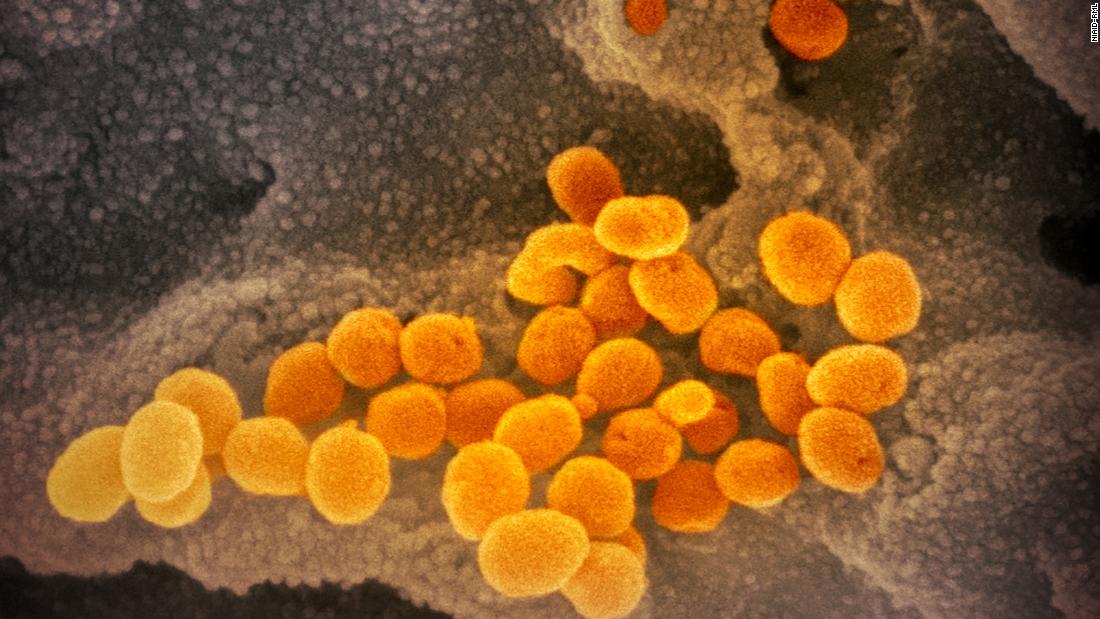
Covid-19 variants account for about 78 percent of recent Covid-19 cases in New York City, according to data released Monday by the city’s health department.
Nearly 1,500 virus specimens were collected between March 22 and 28 and genetically sequenced by the New York City pandemic response laboratory. Of these specimens, approximately 30% were identified as B.1.1.7, the variant first identified in the UK. Another 45% of genetically sequenced samples were identified as B.1.526, the variant first discovered in New York City.
U.S. Centers for Disease Control and Prevention classifies B.1.1.7 as a variant of concern, as it has been found to be more communicable and cause more serious infections. B.1.526 is a variant of interest, with ongoing studies regarding its effects on disease severity and vaccine efficacy.
The prevalence of these two variants has increased rapidly in New York City. In the second half of February, B.1.1.7 accounted for approximately 10% of genetically sequenced specimens and B.1.526 accounted for approximately 35% of those sampled.
Approximately 5% of confirmed cases have been genetically sequenced and B.1.1.7 and B.1.526 have been identified in the city’s five districts, according to the city health department.
“The proportion of variants of concern and variants of interest is increasing,” according to the report, which suggests that the “spread of specific variants, potentially due to their higher infectivity, is one of the reasons why cases of COVID-19 in New York maintains a plateau of between 3,000 and 4,000 new cases every day. “
Over the past seven days, New York City has reported more than 15,000 new cases of Covid-19, an improvement over the average of nearly 19,000 weekly cases in recent weeks, according to data released by the U.S. Department of Health. the city. However, New York City ranks 20th for most new cases of Covid-19 per capita among U.S. metropolitan areas last week, according to Covid-19 White House team data
Nationally, B.1.1.7 accounted for approximately 44% of the samples collected between March 14 and 27, and B.1.526 accounted for approximately 6% of the samples, according to data released by the CDC.